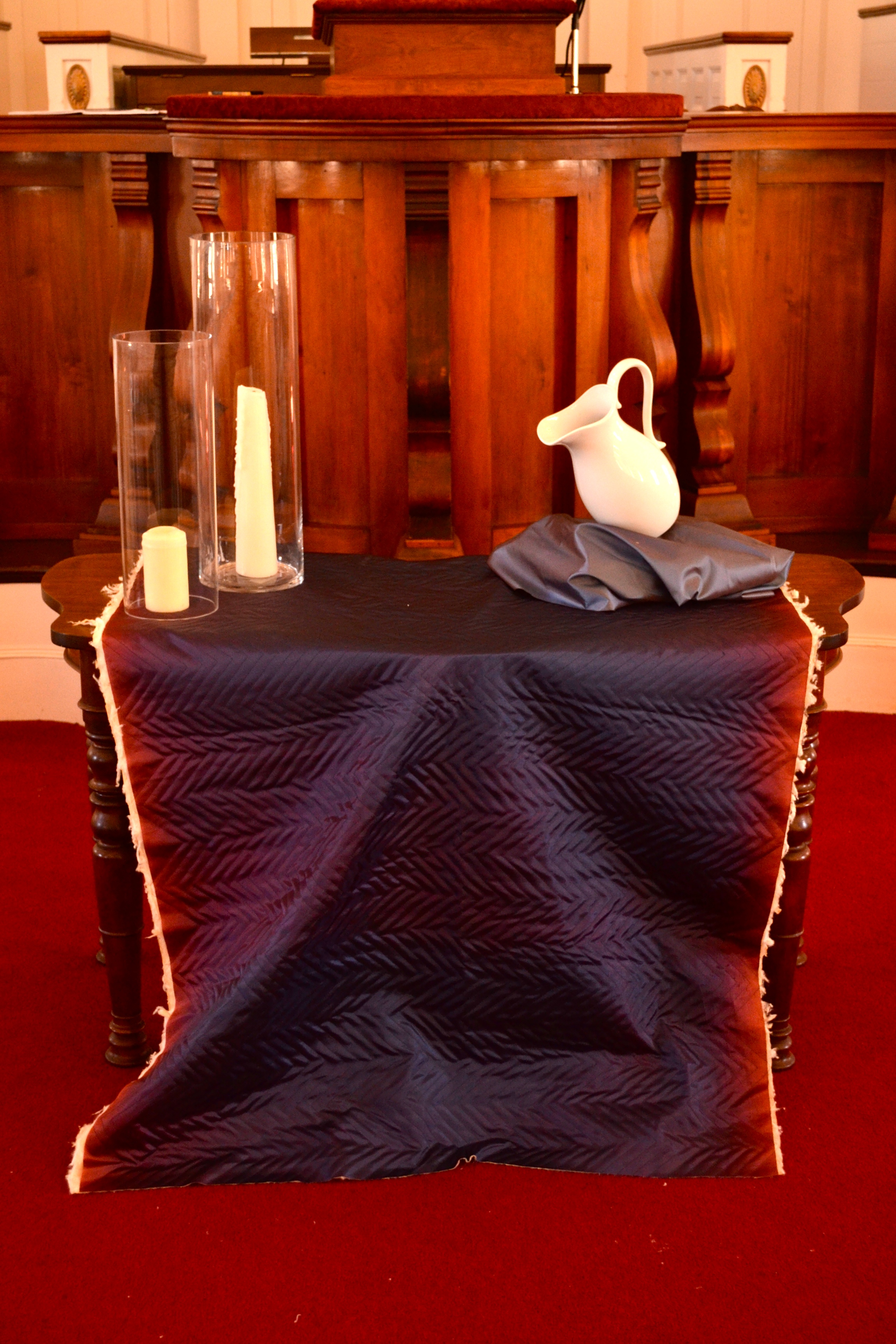My dear G. has been on spring break and visiting me in Connecticut this week. Although it snowed today (for real. ugh.), we did have a pretty Saturday. He and I visited the coast, ate seafood, and enjoyed the sun.
So there’s the reason this post is a little late. Forgive me.
Y’all, I won’t lie to you. The Gospel lection for this week simply isn’t one of my favorite passages. True, it holds what is arguably the most quoted verse of the Bible (John 3:16, in case you were trying to guess). My beef with this passage is two fold (and, admittedly, totally contextual). First, there’s the simple reality that most people start with verse sixteen and end with verse sixteen, ignoring the context of that famous line within the larger story it’s found in and the overall narrative of the gospel. Secondly, this is the passage that is so often pointed to when it comes to some Christian’s understanding of the need to be “born again.” And that language comes with a lot of a baggage. A LOT.
So, when I discovered a few weeks ago that it was the Gospel lection for the second Sunday in Lent, I wasn’t super excited. Until I looked to the next week’s reading which tells the story of Jesus’ encounter with the Woman at the Well, a story all about Living Water. This season of Lent finds water as a central theme. So the question for me became this: how do we weave “being born again of the water and the Spirit” into “Living Water” visually?
First, I should remind you that we have a baptismal altarscape that is used anytime we talk about baptism or perform one. Here’s one of those incarnations:
This beautiful white pitcher (Target, $15) and that blue fabric are a consistent reminder of the Sacrament of Baptism and everything that encompasses–the vows, the water, the community. It makes sense, then, to start with those elements when we are reading a passage that the NRSV translates, “Very truly, I tell you, no one can enter the kingdom of God without being born of water and Spirit.”
Here’s what I came up with this week followed by a quick peek at the following week’s.
Let’s break it down. Here’s how to make an altarscape about being “born from above.”
First, start with your table and base fabric. We’ve seen this fabric before (remember Ash Wednesday?). PROTIP: If you are celebrating Holy Communion during Lent use your basic fabric instead of (gasp!) your Fair Linen. It’ll help provide consistency throughout the season without competing with the story the Eucharist is telling.
Next, trusty hymnals. Stack them up! I wanted the pitcher to look like it was pouring. I found that some strategically placed stones helped to make that happen. It’s balanced just right, so watch it during children’s time!
Cover those hymnals with some stone-y fabric and balance the pitcher. (Prayers, curse words, and holding your breath are all helpful during this process.)
Add some candles. PROTIP: Odd number groupings are always preferable to even ones because they are fundamentally more appealing to the eye. Adding two candles made the grouping a triad when you consider the pitcher as part of it.
Next, a jug to collect this water. (This will become the jug the Water of Life will flood from next week…see what I did there?)
Finally, our blue fabric.
There you go! It’s an altarscape that deals with a hard passage by holding fast to the water imagery that weaves its way through this Lenten season and through our lives as Christians.
Stay warm. I know I’m trying to!

















Love to do visual worship…this is beautiful. Will have to find some “water” fabric. Love it!